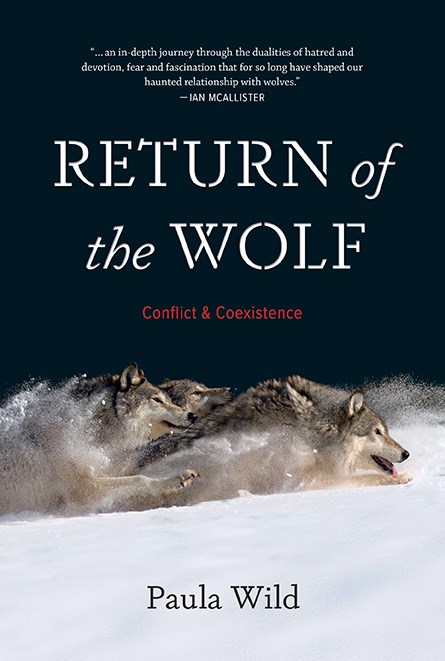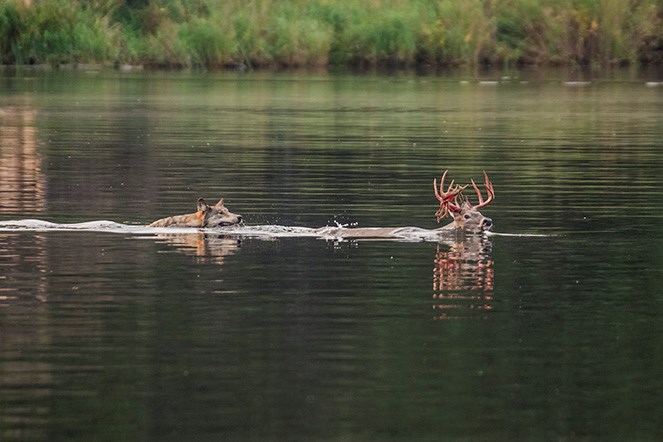Paula Wild has the very best name for an author who writes about wildlife.
Her latest book, Return of the Wolf: Conflict and Coexistence continues her legacy of digging deeper into what makes wildlife tick.
The book is available from publisher Douglas and McIntyre as of Oct. 13.
Wild will be making a presentation — In Search of the Real Wolf: Remarkable Images, Startling Facts and Incredible Stories — at the Squamish Public Library on Monday, Nov. 5 from 6:30 to 8 p.m.
(Youth are encouraged to attend.)
The Chief caught up with the busy writer and wildlife enthusiast for a chat about her book, interest in wolves and some of the myths she’d like to shatter about the loved and feared animal.
What follows is an edited version of that conversation.
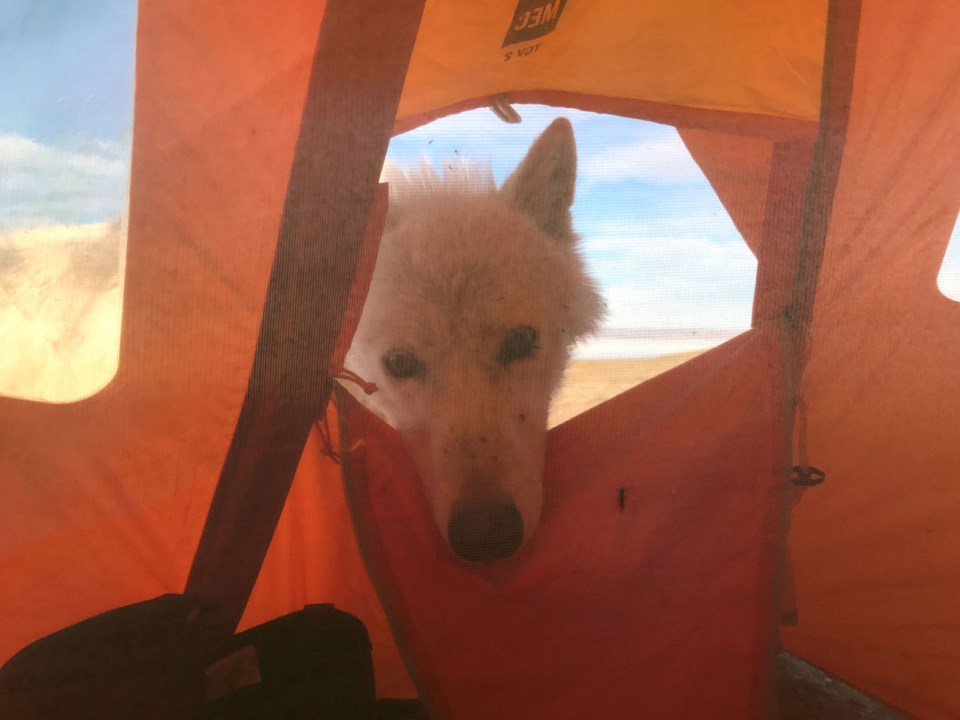
Q: Why should people care about wolves here?
A: You have wolves there, and it is very important to know how to deal with them — if you are out on a trail, hiking, and see a wolf. Especially if people have dogs, this is important because dogs and wolves have a very unusual relationship — they can ignore each other, sometimes they play together, sometimes they breed, sometimes wolves will see dogs as interlopers into their territory and try to chase them away or kill them.
Another problem is people allowing wolves to get too close because they want to take a photo of them.
People have even put food out to try to entice them closer. It is very easy for wolves to become habituated to people and then if they see a reward they start hanging around in human-use areas. That is where you get into serious trouble — when the wolf starts expecting some food. It can be aggressive if it doesn’t receive what it thinks it should.
If you see a wolf, wonderful, but the guidelines from wildlife conflict specialists are that you should maintain a distance of 100 metres and if a wolf is coming closer, yell and maybe throw rocks.
From what I have researched, 80 per cent of people now live in cities and those people are disconnected from wildlife. They might watch Disney shows or some nature program or go to a petting zoo or wolf sanctuary, but it is not like that in the wild. They are wild animals and they are unpredictable.
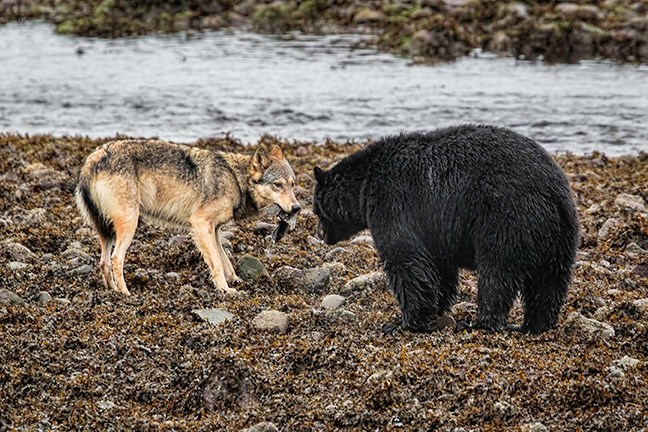
Q: Something interesting and different in your book is that you are very direct about the danger of wolves attacking people. Why did you want to get into that?
A: There is this big myth that a healthy wolf in North America will not harm a person. I did some research and what I found out was that the reason they used to be able to say there has been no attack by a healthy wolf in 100 years, is because we killed most of them in culls. The wolves that were left were very wary of people or were way out in the backcountry where they didn’t see many humans. Now, because wolf populations having been somewhat protected, they are rebounding.
There are therefore more wolves and more people accessing the backcountry. So, we are crossing paths more often. The interesting thing is that whereas a cougar may see a person and think it could take that prey down, wolves need prolonged exposure to humans to get over their wariness. They become habituated and food-conditioned and that is when attacks have happened.
There was a very serious injury to a fellow in 2000 on Vargas Island, about 12 kilometres from Tofino on Vancouver Island. There were two deaths —one in a wolf attack in 2005 in Saskatchewan, one in 2010 in Alaska. All the wolves involved had been around people for some time and had been fed.
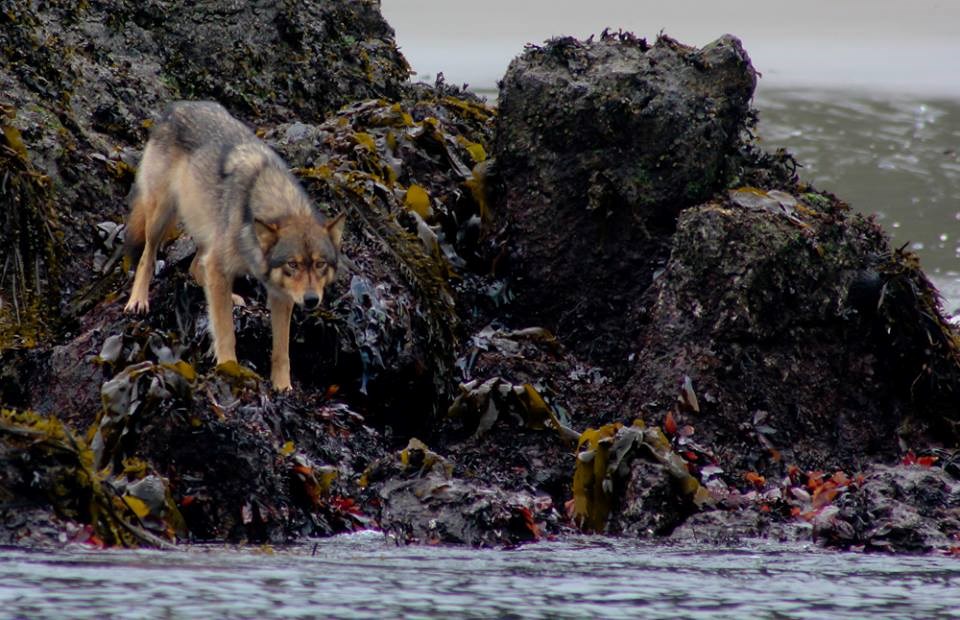
Q: Another interesting aspect of your book is how wolves form family units.
A: They have very similar behaviour to humans. They raise their young in a family unit. In fact, one really well-known wolf researcher, Gordon Haber, stopped calling them packs. He called them wolf families because there are a mom and dad, their young of the year and sometimes the young of the previous year.
There might be an aunt or grandparent, and there might be a wolf they have let come into the pack. When there are young pups and most of the wolves go off hunting then there’s always a “babysitter” who stays behind to look after the young pups. They play together and mourn the loss of loved ones.
There have been cases where wolves have been caught in traps. In one case in Alaska, it was discovered the wolf was in the trap for about two weeks before the trapper came by and shot her. Her mate stayed with her the whole time. He left after she was shot, but he kept going to the last place he had seen her and would howl. Another case was a yearling that was trapped and other wolves stayed nearby and tried to dig the trapped wolf free.
There is an incredible bond between the wolves.
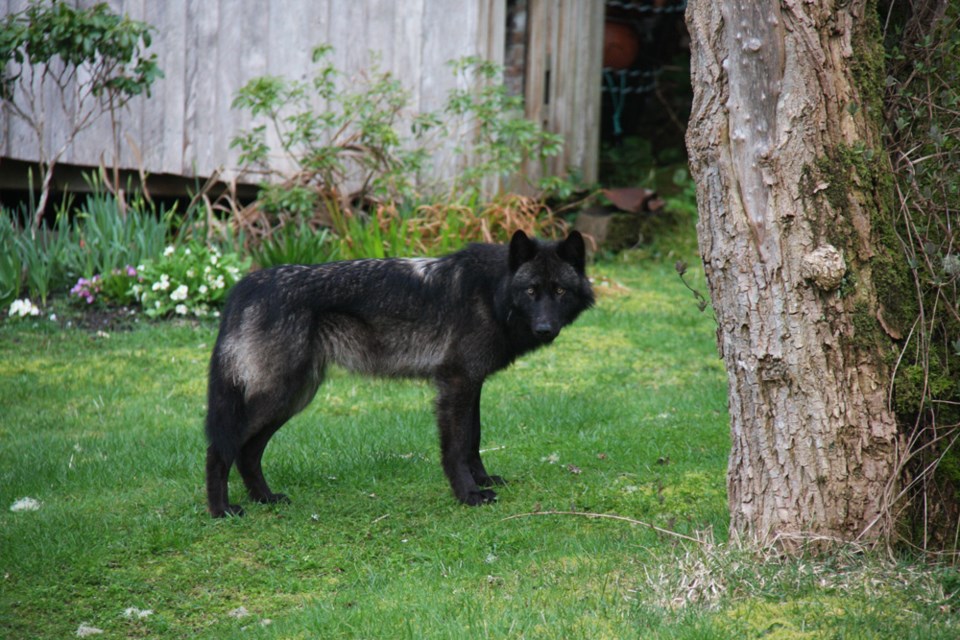
Q: You talk in your book about trying to bridge the gap between the urban environmentalists and hunters or ranchers. How can we do that? It is a huge divide here in Squamish, as well.
A: It is a huge divide everywhere. Most urban people are environmentalists. They realize the value, the importance, of wolves in a healthy ecosystem. The ranchers, hunters and the people who live in rural areas are the ones who see the beast of the animal — the beast that is maybe killing their dog or livestock. Hunters feel the wolves kill too many ungulates.
There are few people in the middle of the divide. I think there needs to be more coming together because wolves are here and unless we kill them all again we have to learn how to live with them. Environmentalists need to understand that having wolves on the landscape is a huge learning curve for ranchers, and ranchers need to accept the times have changed and that wolves are valuable. There are non-lethal methods of dealing with problem wolves. I think we would make more progress co-existing with wolves if there could somehow be some understanding instead of such animosity.
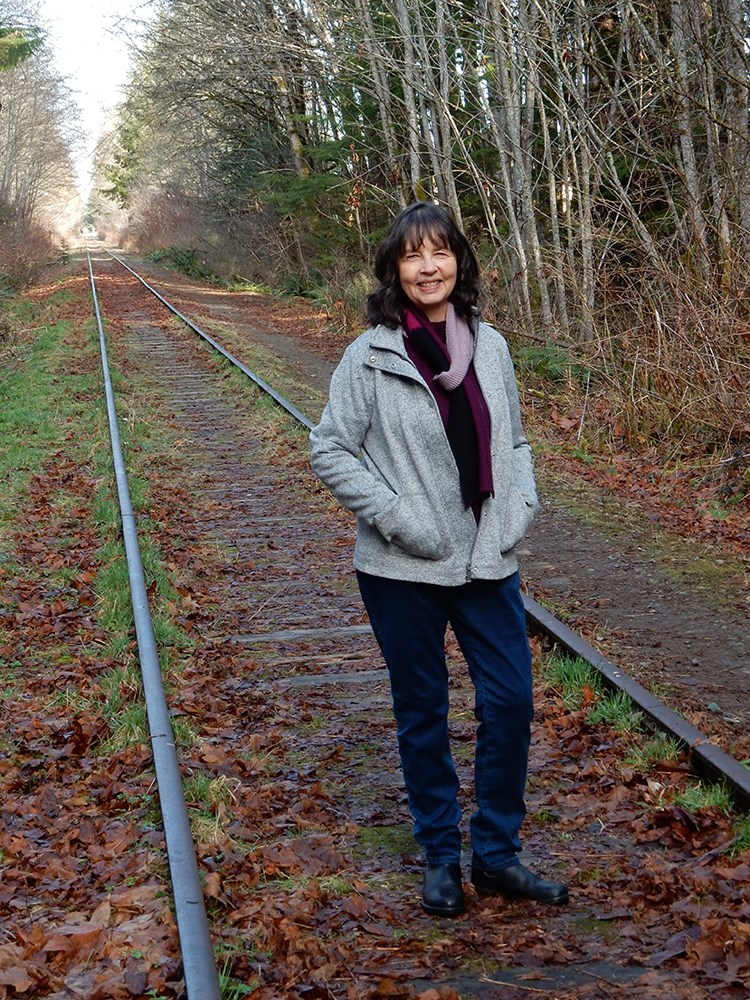
Q: What can people expect when they come to your talk at the library?
A: There will be some really cool photos — some are from my book and some have never really been shown before. There will be interesting stories. I will talk a bit about how wolves behave toward people and how people have behaved toward wolves through the centuries. There will be some surprises that I don’t want to give away to you!
